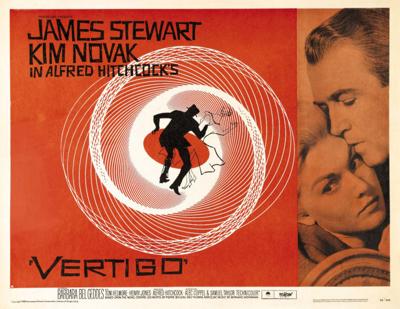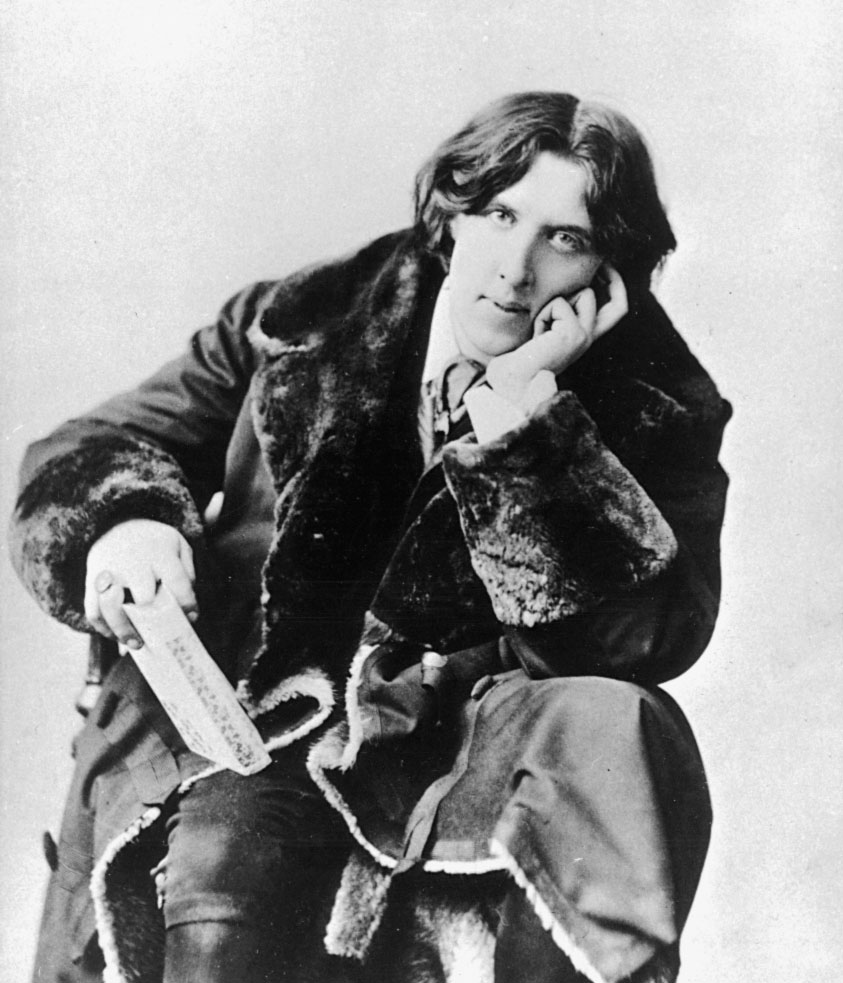RAGE – God! Sing the song of rage that he feltThe poet shoved into his first tragedy.RAGE- sing the glory of the story that caused the rage,The story of a young man, barely 22 and still almost 23Sing the song of RAGE that this requiem really is;That every requiem really is. Sing the story of… Continue reading 6/6/10 – “Rage”
Author: David Marler
A weblecture on Formalism and New Criticism
A few years ago a few colleagues of mine and I at the School of Education (Rotterdam UAS) decided to start making short explanatory videos on different literary topics. The main issue a lot of beginning college students have is a basic understanding of some of the terminology we use when teaching them. Even simple… Continue reading A weblecture on Formalism and New Criticism
151 W. Velma St.
Always somewhere at the periphery, Looking over the precipice, Keeping an eye on us, on someone. A towel, the scent of dove soap; Wooden walls and the plates with boats on them, The glasses of Coca-Cola – ice – comfort. Apples being picked up off the ground, Too sour to eat, only suitable… Continue reading 151 W. Velma St.
#17
Wash your hands and dry them off. Rip open the alcohol and sanitize the skin. Place the needle on the flesh, and POP. Dry off the first drop; it’s contaminated. Go down to the knuckle and press, apply pressure, milk it like an udder. Watch how the blood drips onto the paper. Go… Continue reading #17
Workshopping Sylvia Plath’s The Bell Jar
In 1963, Sylvia Plath’s The Bell Jar was released under the pseudonym Victoria Lucas. The novel was a hit from the beginning, but was only read by the masses after Plath’s suicide shortly after the novel’s release. The Bell Jar is autobiographical, and when you read the book, you almost have a feeling that you can understand Plath’s personal struggles… Continue reading Workshopping Sylvia Plath’s The Bell Jar
Workshopping Alfred Hitchcock’s Vertigo (1958)
by David Marler Alfred Hitchcock’s 1958 Vertigo is on nearly every list of the best films of all time. It is not only an exciting story of a former detective who follows a suicidal woman around San Francisco, it is also an example of the basics of good cinematography. For this reason, the film is widely studied at colleges… Continue reading Workshopping Alfred Hitchcock’s Vertigo (1958)
Workshopping Never Let Me Go by Kazuo Ishiguro
Kazuo Ishiguro made headlines when he was awarded the Nobel Prize for literature in 2017. The Nobel Committee wrote that Ishiguro “who, in novels of great emotional force, has uncovered the abyss beneath our illusory sense of connection with the world.” One of Ishiguro’s most influential works is Never Let Me Go (2005), a dystopic science fiction novel that focusses on the lives of a group of friends who grow up and come to learn that they must give donations – they are clones whose sole purpose is to provide organs for the critically ill.
Workshopping The Picture of Dorian Gray (by Oscar Wilde)
The Picture of Dorian Gray was scandalous from its very beginning. The magazine that published it had issues with many of the topics and themes of the novel. There was open insinuation of homosexuality, and other amoral acts. Characters’ lives were fictitiously ruined, many committed suicide, and one of the main characters – Basil Hallward (the painter) – was even murdered. Morality in the Victorian era was something that Wilde almost appears to mock – he comes revisits topics of morality and beauty throughout the novel.
#5 “The Guilty Party”
We were all in the Jungle, waiting our turns at fame, we sat and watched as one man after another jumped on the backs of the others fighting for a morsel of attention. I’m the guilty party here; I’m the voyeur who watched, who jerked off, who salivated at their horrendous behavior. I stood there… Continue reading #5 “The Guilty Party”
# 6 „ik passeer haar”
Ik passeer een vrouw, en ze kijkt naar me. Ze is bang: haar eerste reactie is schrok, Vluchten of vechten. En waarom? Ik loop hard door de bos, en heb mijn pet op, Mijn zwarte handschoenen aan. En ik heb een baard. Ik ben donker, of donkerder dan wat ze gewend is: „misschien… Continue reading # 6 „ik passeer haar”




